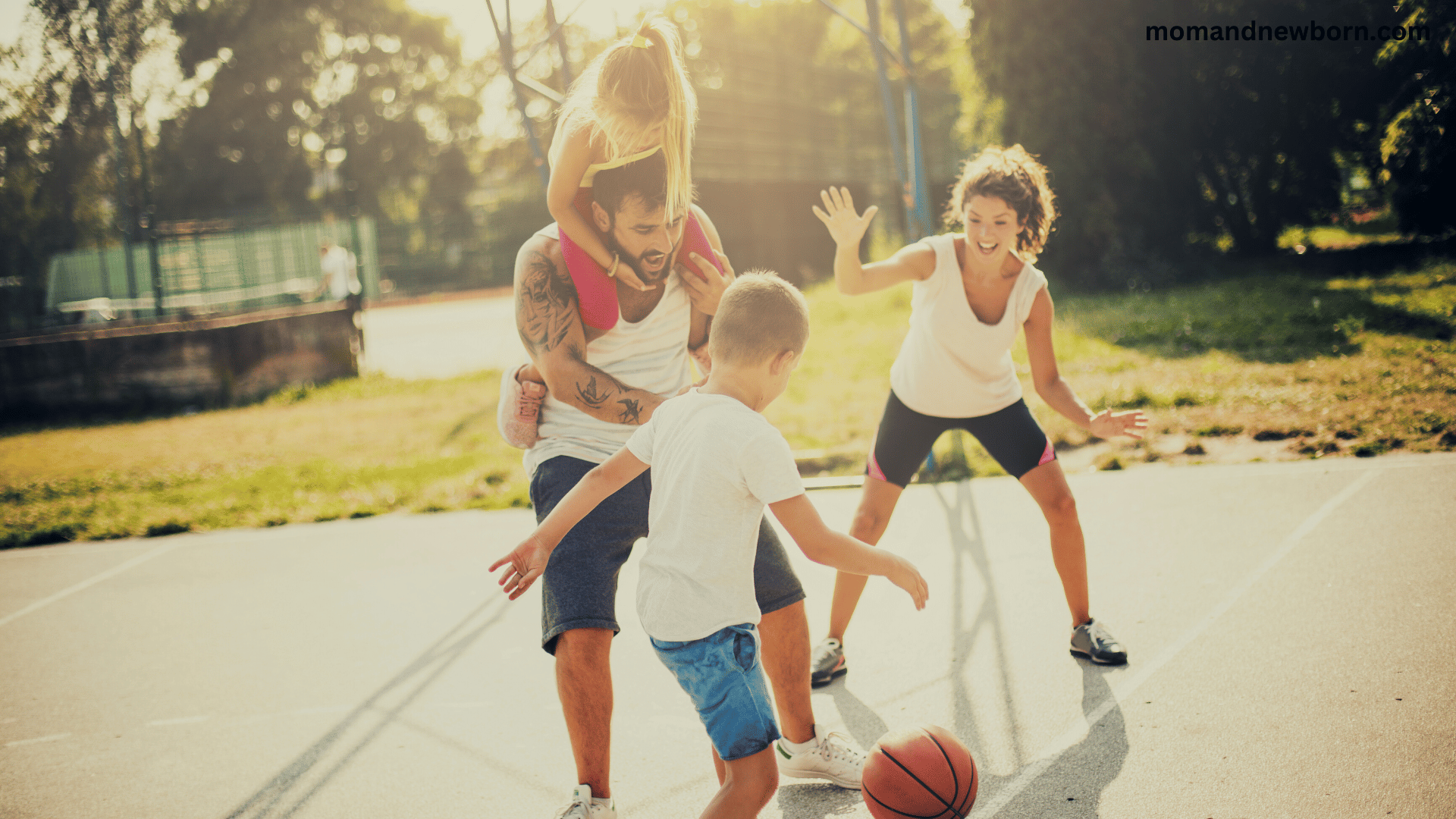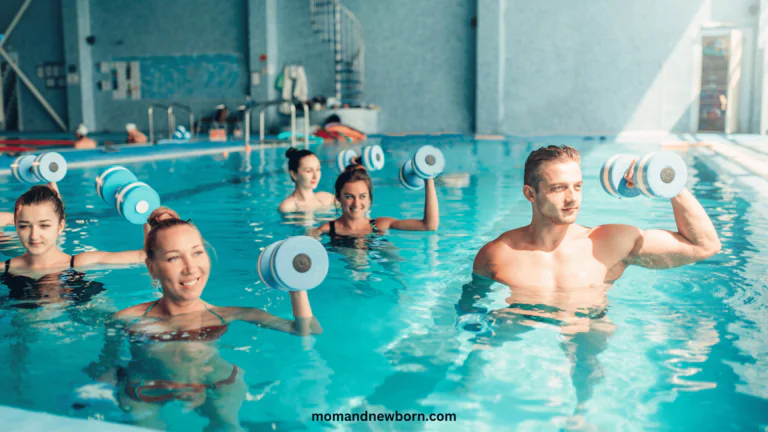Dribble, Pass, and Burn: How Many Calories Does Burn Basketball?
Are you looking for a fun way to burn some calories? Look no further than basketball! Whether playing a pickup game with friends or participating in a competitive league, basketball can provide a full-body workout that burns calories and boosts cardiovascular health.
In this post, we’ll explore the calorie-burning potential of basketball and take a closer look at how dribbling, passing, and shooting can help you break a sweat and achieve your fitness goals.
How many calories does 30 minutes of basketball burn?
- An individual weighing 121 pounds (55 kg) burns 170 calories.
- An individual weighing 143 pounds (65 kg) burns 218 calories.
- An individual weighing 165 pounds (75 kg) burns 252 calories.
- An individual weighing 176 pounds (80 kg) burns 269 calories.
- An individual weighing 187 pounds (85 kg) burns 286 calories.
- An individual weighing 198 pounds (90 kg) burns 302 calories.
- An individual weighing 220 pounds (100 kg) burns 336 calories.
The information above may differ depending on your age and gender. At the same time, the high-intensity, competitive basketball game will encourage you to run and move more, resulting in increased calorie burn.
You must run and move around a lot more to burn calories while playing basketball. You can also burn more calories thanks to the weights attached to the ankle and wrist, where you can add weight for the legs and arms because you will have more difficulty practicing the sport.
Can you burn 1000 calories playing basketball?
If someone weighing 180 lbs plays basketball for 2 hours, they will burn approximately 1098 calories. This is based on the estimated calorie burn of 549 kilocalories per hour for someone weighing 180 lbs.
However, it’s important to note that individual results may vary based on factors such as the intensity of play and personal metabolism.
Exercise to protect your health.
Since activities that require heavy conditioning, such as basketball, put too much strain on the body, do not engage in such activities without talking to your doctor if you have a health problem or disability that is a hindrance.
It is also important to avoid fluid loss. The water you excrete with sweat should be replaced. Remember to drink plenty of water. If you have asthma, shortness of breath, joint problems, organ failure, diabetes, high blood pressure, and other diseases that we cannot list here, be sure to get checked by a doctor before dieting and follow the doctor’s recommendations.
How do I know how many calories I have burned?
When calorie burning accelerates, your muscles begin to burn more glucose. Glucose is in your blood and must be burned with oxygen to be converted into energy in your muscles. You can tell by your body temperature and breathing that you are burning more calories.
You are usually out of breath when doing heavy activities or sports requiring a lot of conditioning. You also start to sweat, and your body temperature rises. Therefore, you burn more calories when you start sweating, and your breathing speeds up.
Is basketball a full body workout?
Basketball can be considered a full-body workout because it involves using a variety of muscle groups throughout the body. The constant running, jumping, and changing directions can work the lower body muscles such as the quadriceps, hamstrings, calves, and glutes.
The upper body is also involved in shooting, passing, dribbling, and rebounding, which can engage the shoulders, arms, chest, and back muscles. Additionally, basketball can help improve cardiovascular health and endurance.
How many calories do NBA players burn?
The number of calories that NBA players burn can vary depending on various factors, such as age, weight, height, and level of intensity during the game. However, it’s estimated that NBA players can burn anywhere from 600 to 1200 calories per game, depending on their position and the game’s length.
For example, a point guard constantly moving, dribbling, and passing the ball may burn more calories than a center that primarily focuses on rebounding and scoring in the paint. The game’s length can also affect the total number of calories burned, as a longer game requires more energy.









3 Comments